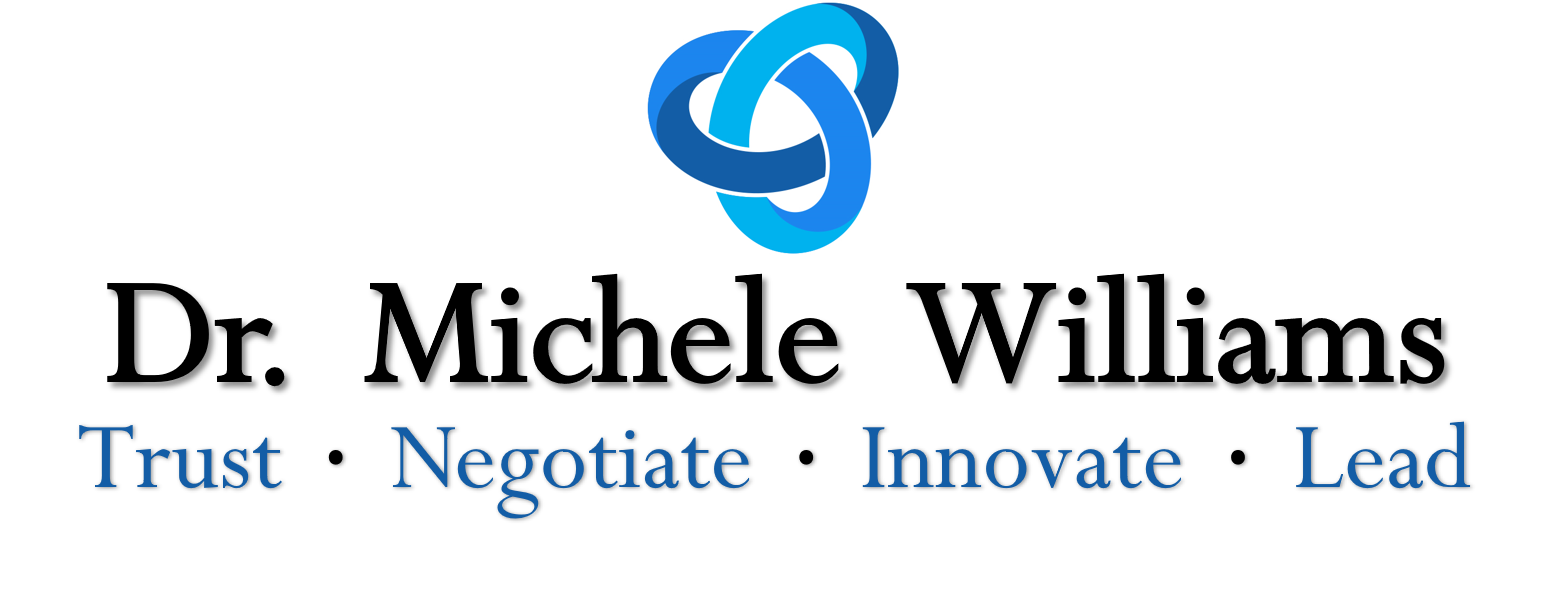Mastering the Art of Leading with Deep Listening

Question: Are You Truly Listening?
Communication and deep listening are the lifeblood of leading any successful team or organization. Yet, how often do we find ourselves in situations where words are exchanged, but the essence of the message remains unheard? In the fast-paced world we live in, the skill of deep listening is often overlooked, leaving room for misunderstandings, misinterpretations, and missed opportunities.
In the realm of leadership, the ability to actively listen is not just a valuable trait; it’s a powerful tool that can transform the dynamics of a team, fostering an environment of trust, collaboration, and innovation. So, how can leaders cultivate the art of intentional communication through deep listening? Let’s explore the essential techniques that can elevate your leadership and pave the way for effective, trust-building conversations.
THE POWER OF DEEP LISTENING

Deep listening goes beyond the surface level of hearing words. It involves understanding the emotions, motivations, and concerns behind the words spoken. In a team setting, this skill becomes paramount, as it ensures that every team member feels seen, heard, and valued.
As a leader, practicing deep listening sends a powerful message to your team – it shows that you respect their opinions, appreciate their unique perspectives, and are genuinely invested in their success. This, in turn, cultivates a culture of openness and trust, where team members feel comfortable expressing their ideas and concerns without fear of judgment.
TECHNIQUES FOR LEADERS TO FOSTER DEEP LISTENING

1. Be Present:
- Eliminate distractions and give your full attention to the speaker.
- Maintain eye contact and use non-verbal cues to show engagement.
2. Suspend Judgment:
- Avoid forming opinions or responses while the other person is speaking.
- Focus on understanding before reacting.
3. Ask Open-ended Questions:
- Encourage deeper conversation by asking questions that require more than a simple yes or no answer.
- This invites the speaker to share more of their thoughts and feelings.
4. Reflect and Clarify:
- Repeat back what you’ve heard to confirm understanding.
- Affirm what they’ve said, even if you disagree.
- Seek clarification on points that may be ambiguous or unclear.
5. Empathize:
- Put yourself in the speaker’s shoes to understand their perspective.
- Acknowledge their emotions and demonstrate empathy.
THE RIPPLE EFFECT OF DEEP LISTENING

The benefits of deep listening extend far beyond the immediate conversation. When leaders prioritize and model this skill, it sets a precedent for the entire team. The culture of active, intentional communication becomes contagious, creating a positive ripple effect throughout the organization.
In conclusion, mastering the art of deep listening is not just about hearing words; it’s about understanding the human experience behind those words. As a leader, embracing this practice can transform your team’s dynamics, leading to enhanced collaboration, trust, and, ultimately, success.
So, as you navigate the challenges of leadership, ask yourself: Are you truly listening?
